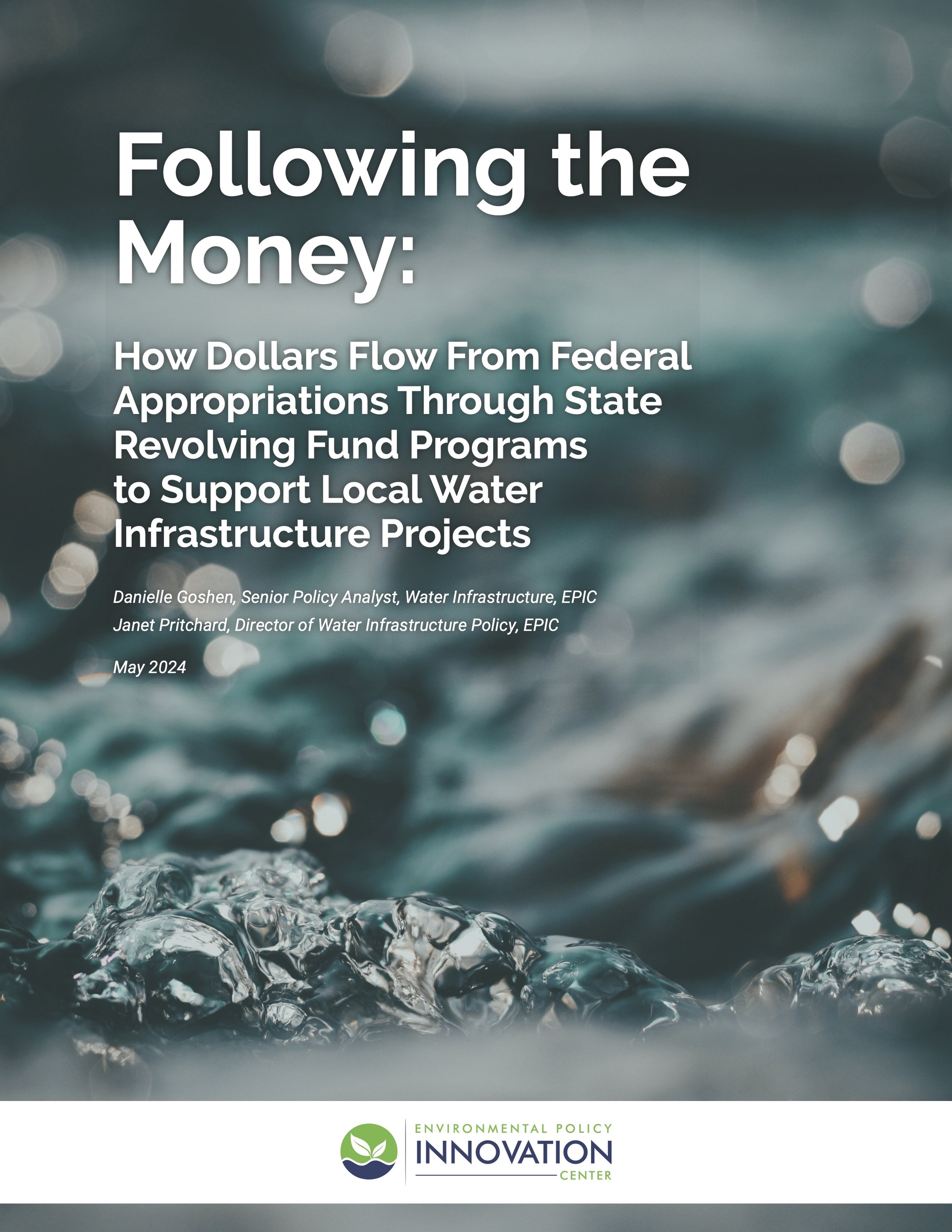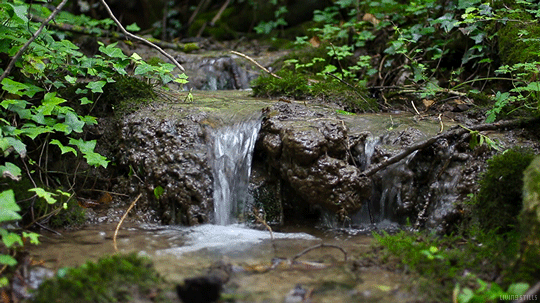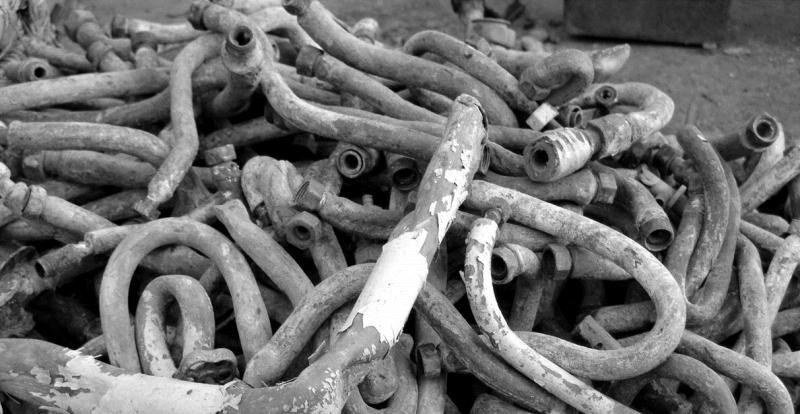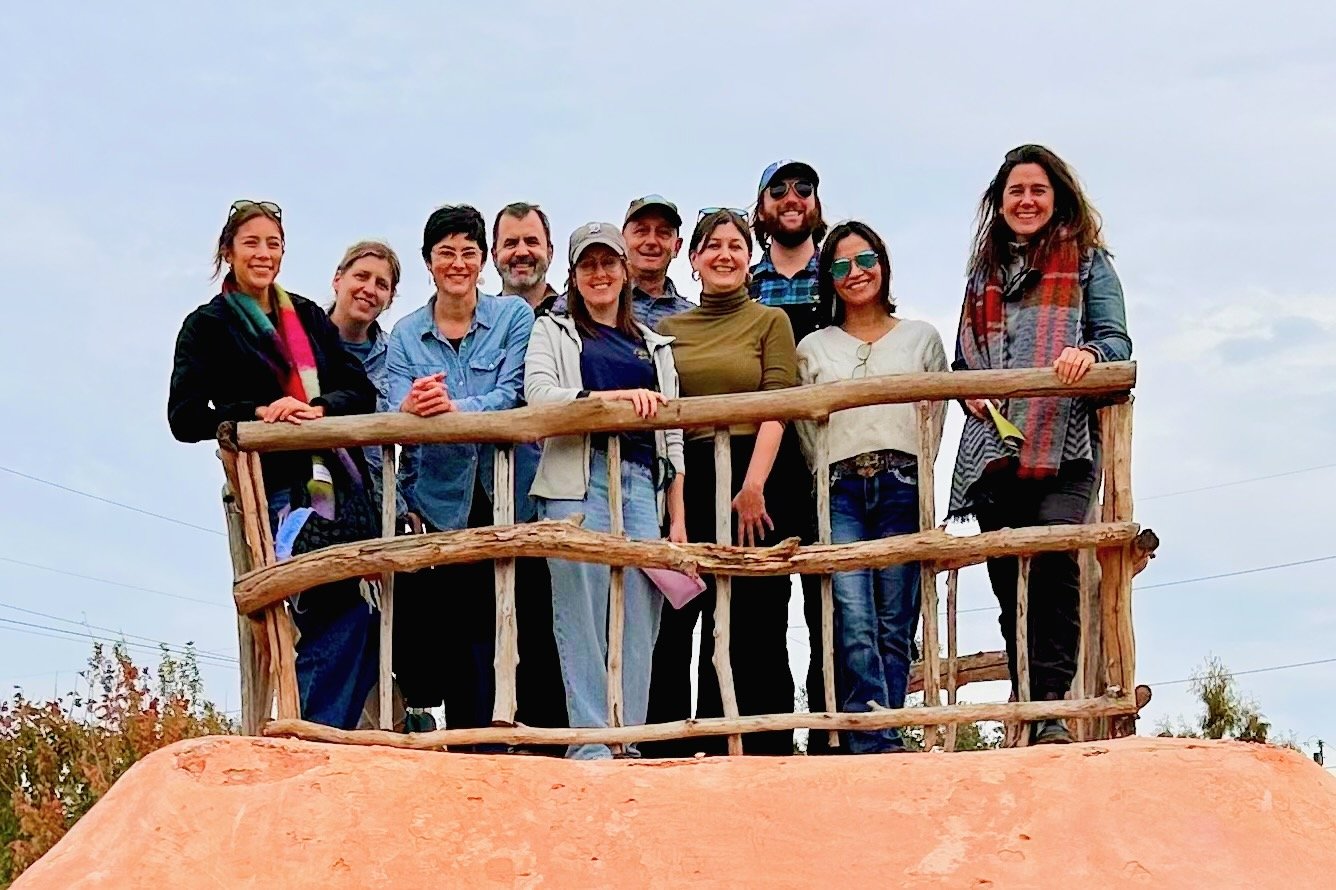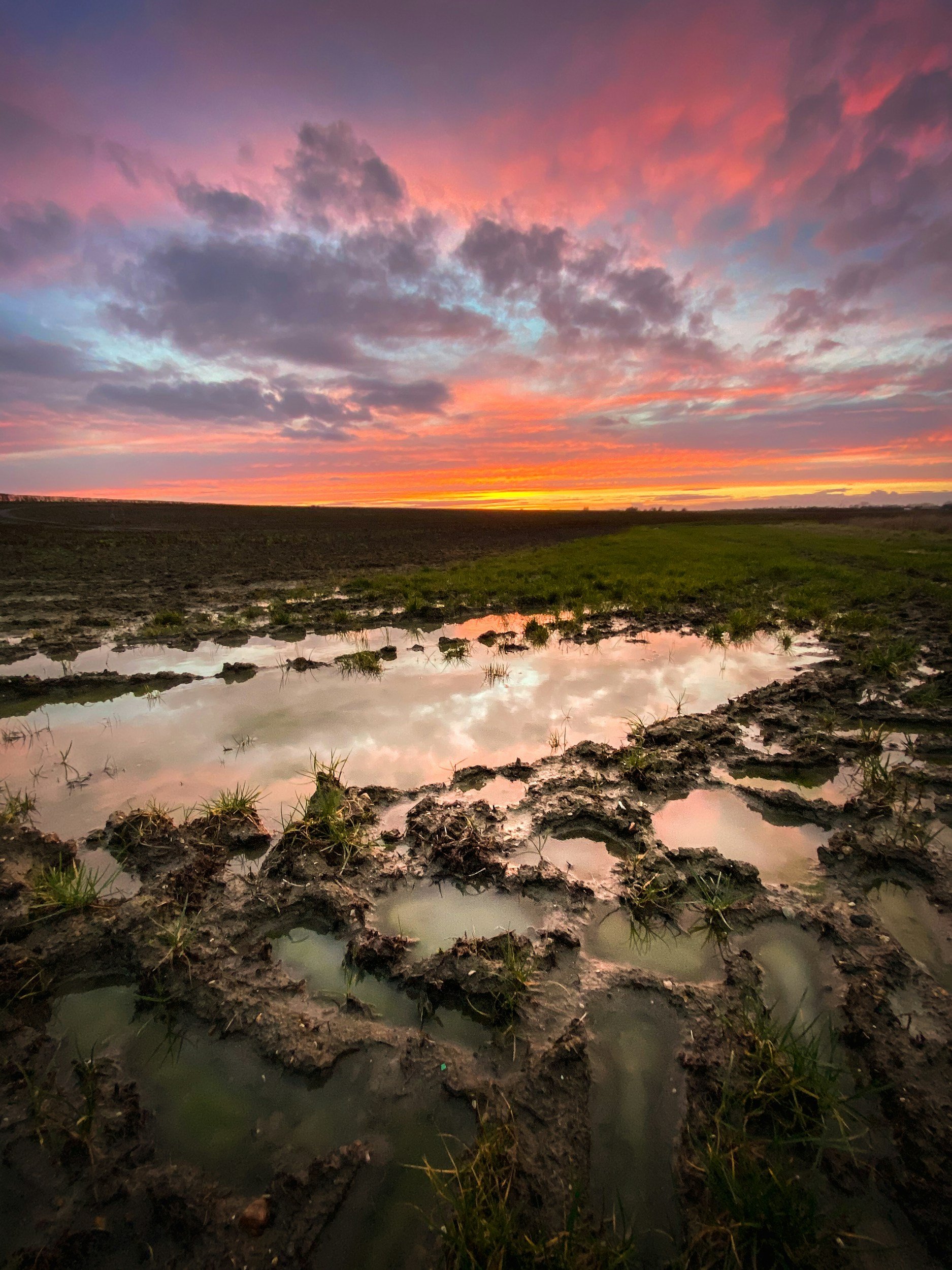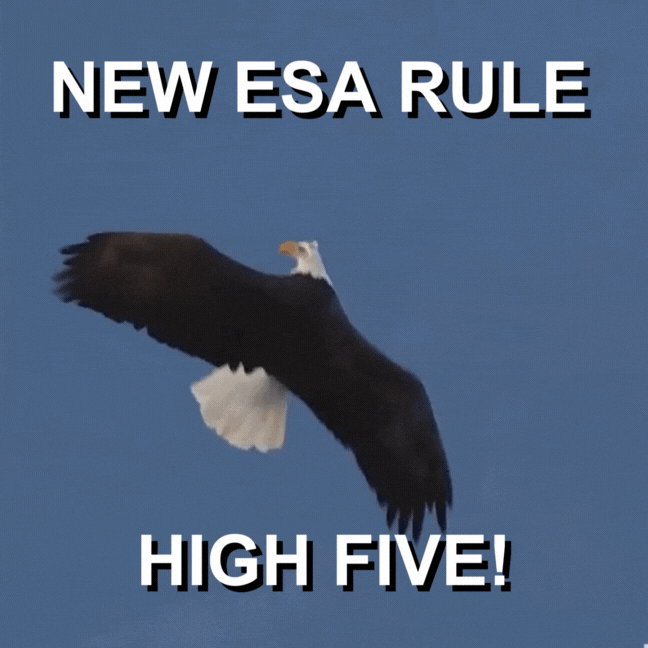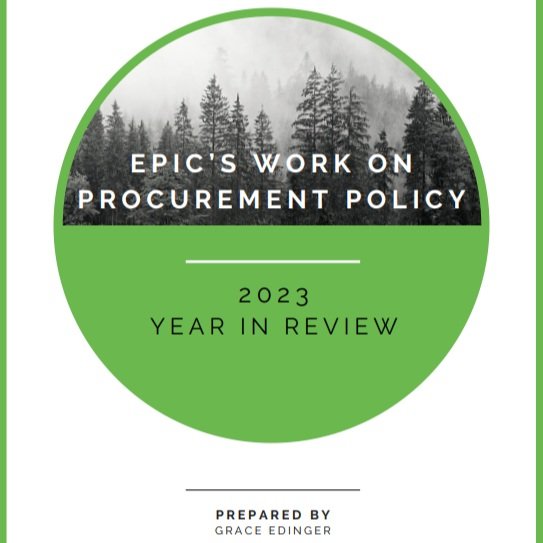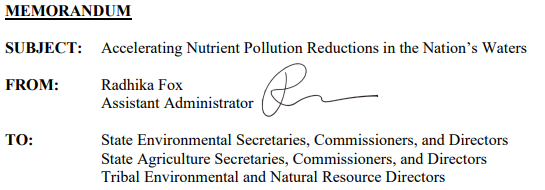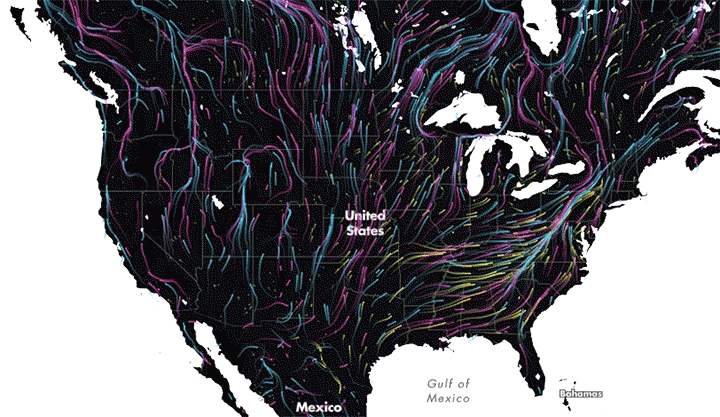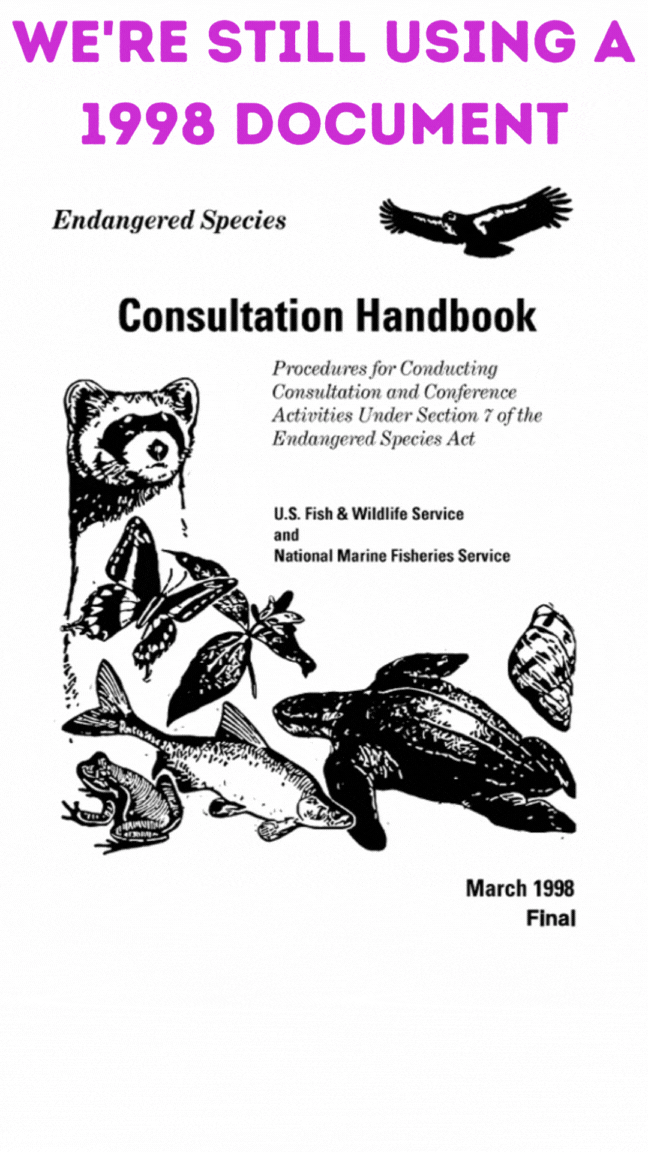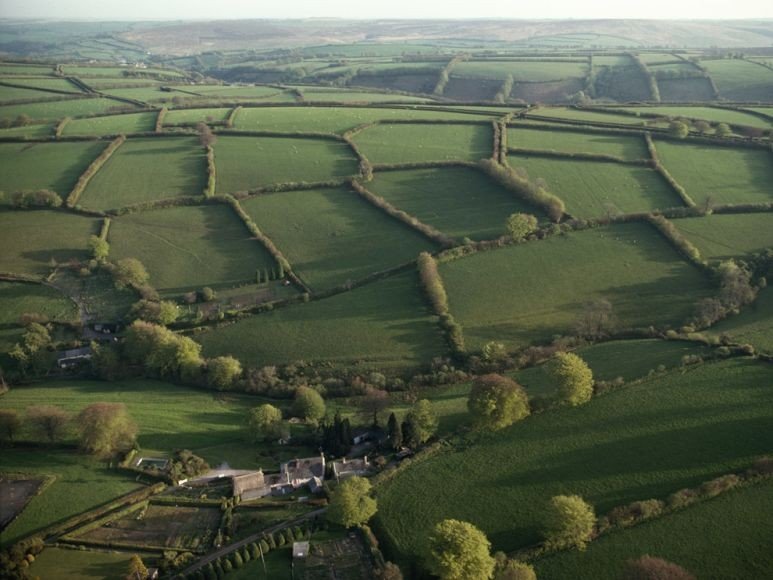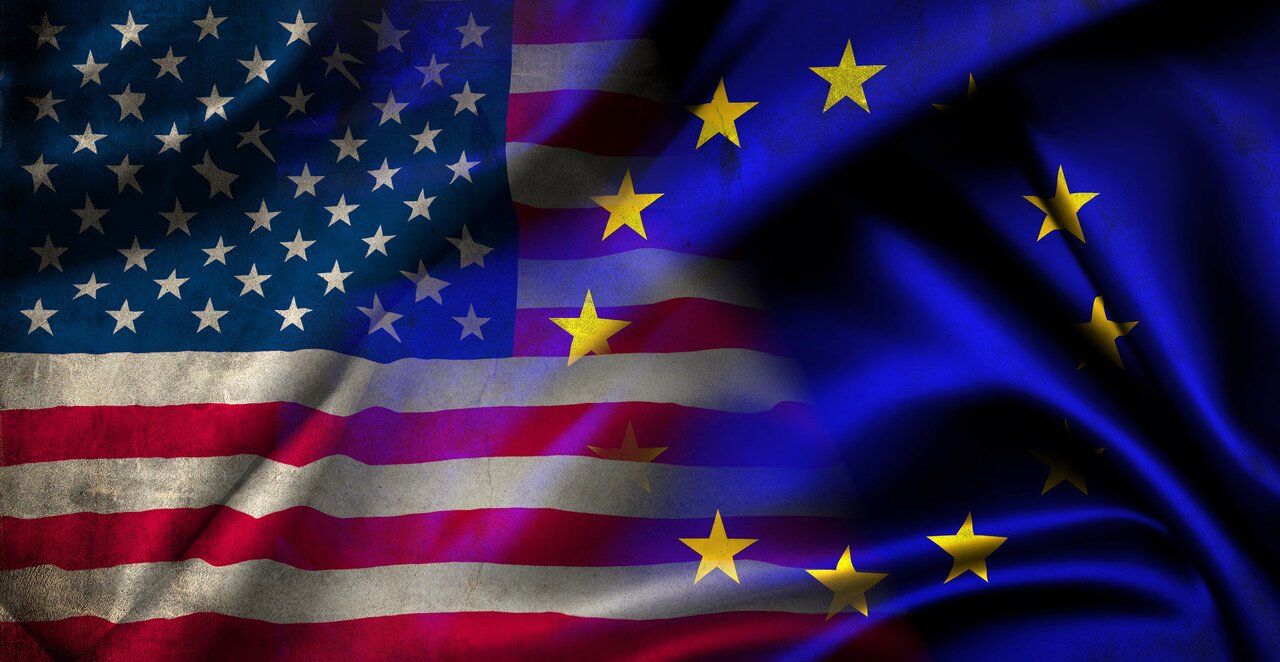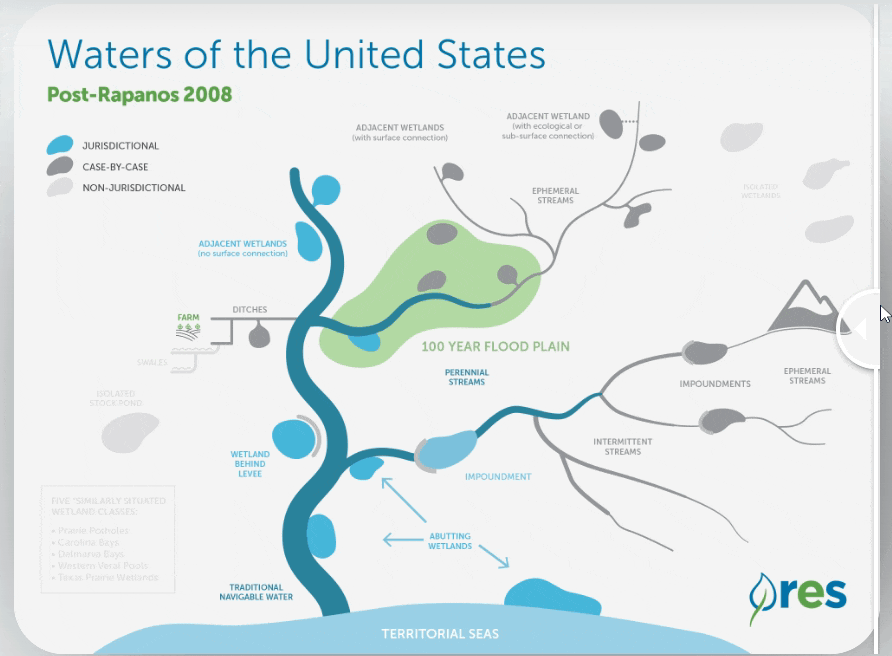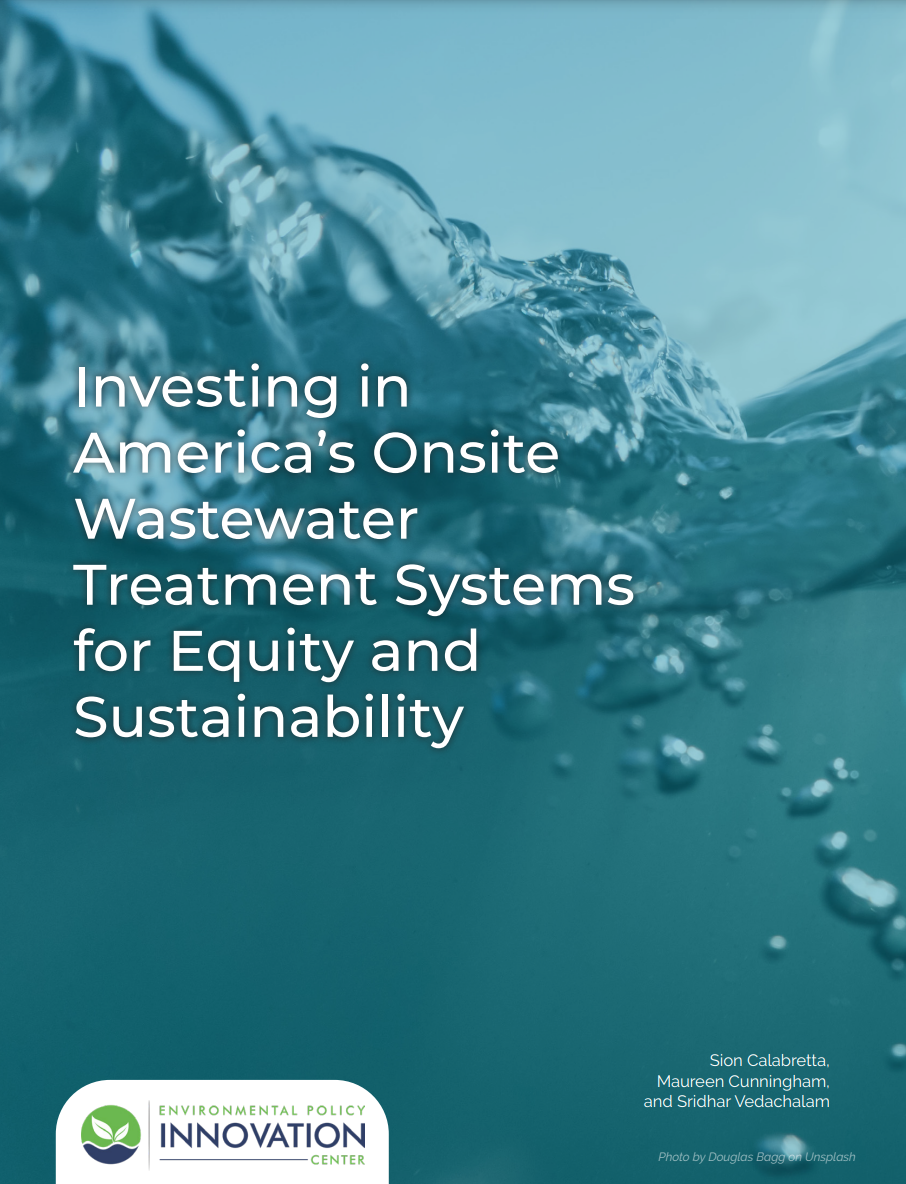Water Infrastructure
Restoration & Mitigation
Technology
Procurement & Finance
Since enacting the Conservation Finance Act in 2022, Maryland agencies have begun to implement it and attract greater private investment in conservation.
What is motivating biocredit buyers at this early stage as the market is in development? Why would corporate buyers and other entities be interested in investing in migratory songbird or salmon credits? What’s in it for them? Today the BCA released a new issue paper, “Demand-side Sources and Motivation for Biodiversity Credits'' that untangles some of these incentives and rationales.
Agriculture
Everybody’s talking about environmental sandboxes. What are they, and maybe more importantly, what aren’t they?
Since enacting the Conservation Finance Act in 2022, Maryland agencies have begun to implement it and attract greater private investment in conservation.
New report evaluates the last three years of efforts developing Midwest watershed partnerships
New report examines the challenges to administratively scaling the Regional Conservation Partnership Program
The Susquehanna River Basin Commission announced today the opening of its application for proposals offering cost-effective reductions of nutrient pollution entering the Chesapeake Bay from the Susquehanna watershed.
Mason City and Forest City sign innovative agreements to pay farmers to improve water quality.
Third and final in a series, this blog explores how USDA can tweak existing programs to speed up delivery of conservation money in the Inflation Reduction Act.
A project to illustrate which watersheds and cities in Iowa are closest to meeting their nutrient reduction goals from municipal point sources
Second in a series, this blog explores how USDA can use emerging technologies to speed up delivery of conservation money in the Inflation Reduction Act.
First in a series, this blog explores how USDA can use outcomes purchasing to speed up delivery of conservation money in the Inflation Reduction Act.
One month ago today, Pennsylvania passed the country’s second legislatively-authorized clean water outcomes procurement program
In New York state, a clever partnership between the city of Syracuse and upstream farmers has managed to significantly clean up the Skaneateles Lake
Endangered Species
What is motivating biocredit buyers at this early stage as the market is in development? Why would corporate buyers and other entities be interested in investing in migratory songbird or salmon credits? What’s in it for them? Today the BCA released a new issue paper, “Demand-side Sources and Motivation for Biodiversity Credits'' that untangles some of these incentives and rationales.
Yesterday, the Fish and Wildlife Service (FWS) released an Advanced Notice of Proposed Rulemaking (ANPR) on Compensatory Mitigation Mechanisms. We provide initial reactions here.
All Posts
Getting money out the door faster: Design-build as an alternative procurement tool
Lead-Free Water Challenge: What We Learned About Proactive Communications Around Lead Service Line Replacement
EPIC participates in Great Lakes and St. Lawrence Cities Initiative meeting with mayors on water equity
New Report: Promoting Tribal Roles in Providing Compensatory Mitigation Offsets
Build Conservation Banking Back Better
Reforming State SRF Policies: Lessons Learned from Advocacy in Wisconsin
Scenarios of WOTUS in SCOTUS
The Supreme Court will hear a case called Sackett v EPA on October 8th to rule on just what constitutes Waters of the United States (WOTUS). WOTUS is a jargon-y term describing the extent of the federal protections of wetlands, streams, rivers, and lakes across the US. It has huge implications for the public, the regulated community, and the restoration economy. When SCOTUS makes its decision on WOTUS, there will certainly be hyperbole in the headlines. We provide a level-headed discussion of the possible outcomes that could come in October, and explain what those scenarios would mean.
Environmental agencies need more modern approaches to data and technology - a Digital Service for the Planet can help.
One Month Left: Clean Water Commerce Applications
Clean Water Commerce applications due in one month
ICYMI: Clean Water Procurement Program Signed into Law 1 Month Ago Today
One month ago today, Pennsylvania passed the country’s second legislatively-authorized clean water outcomes procurement program
What’s In a Name? One writer’s frustration with technical term redundancy
Lead-Free Water Challenge: What We Learned About Data Management and Lead Service Line Inventories
EPIC Applauds EPA Guidance Urging Communities to Inventory and Replace Toxic Lead Pipes ‘As Soon as Possible’
Example of a service line tap card from a municipality in Massachusetts. Photo credit: EPIC



















